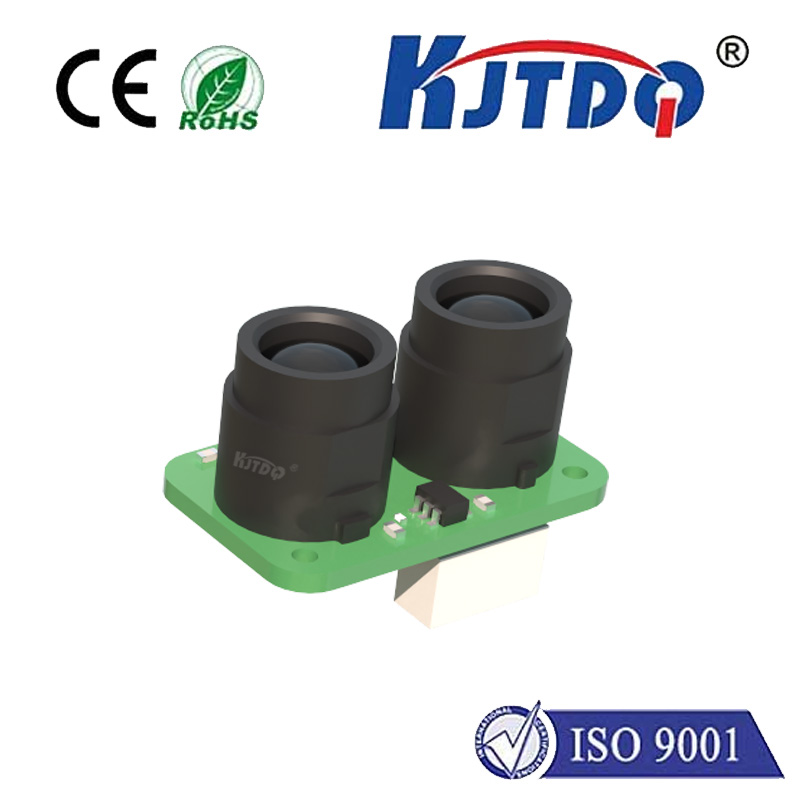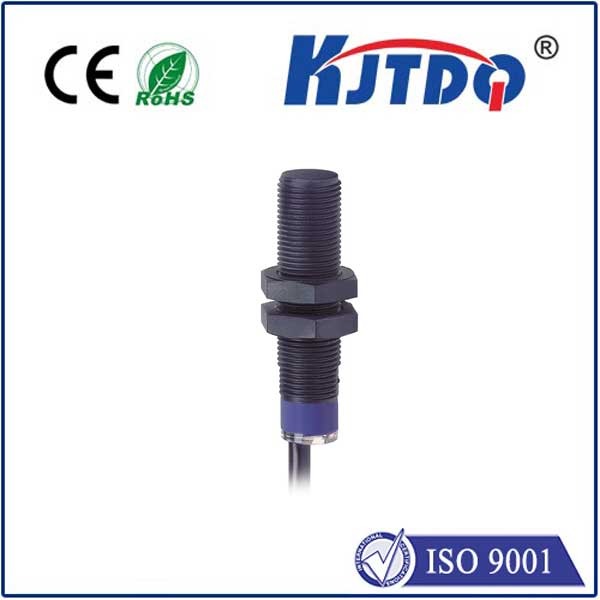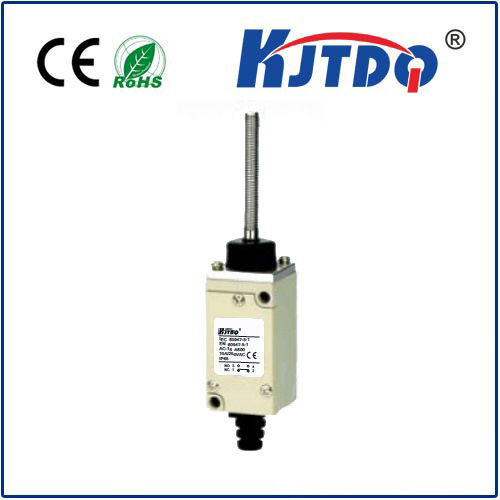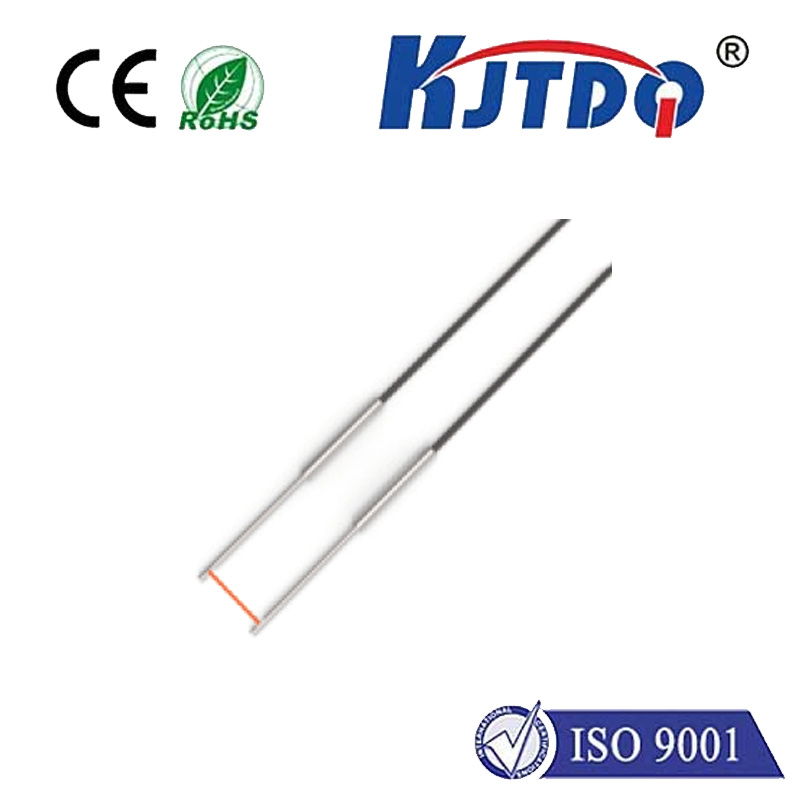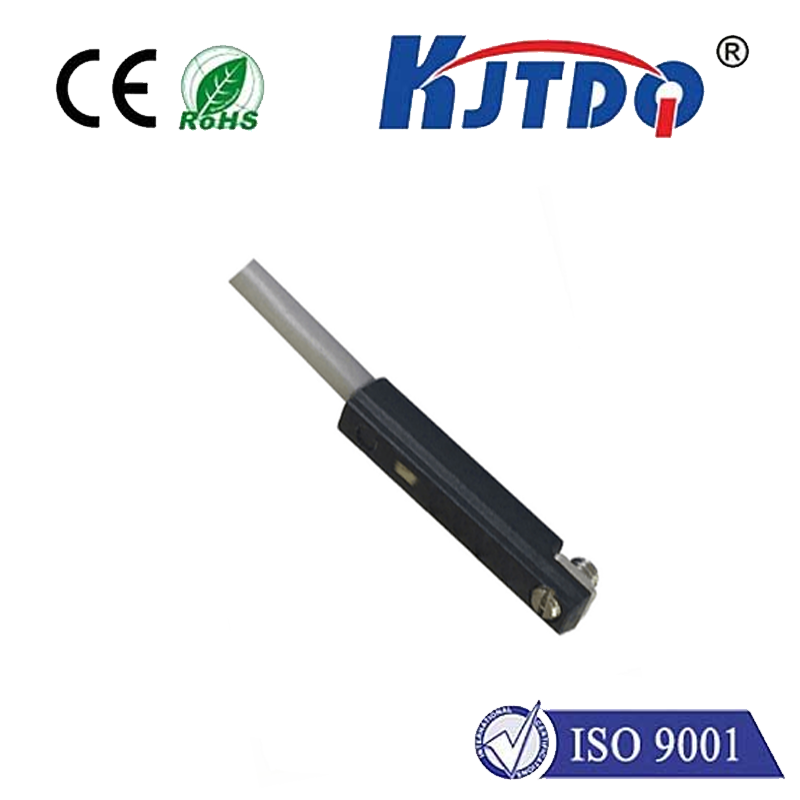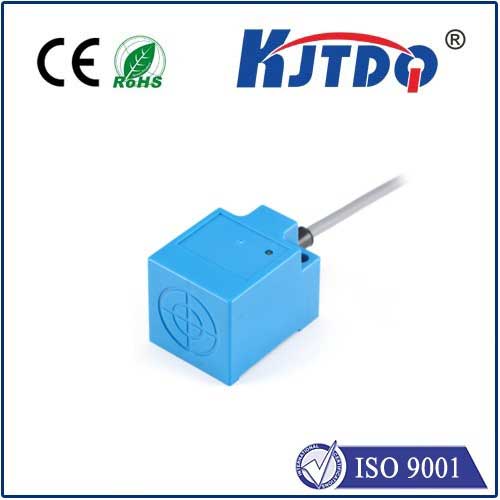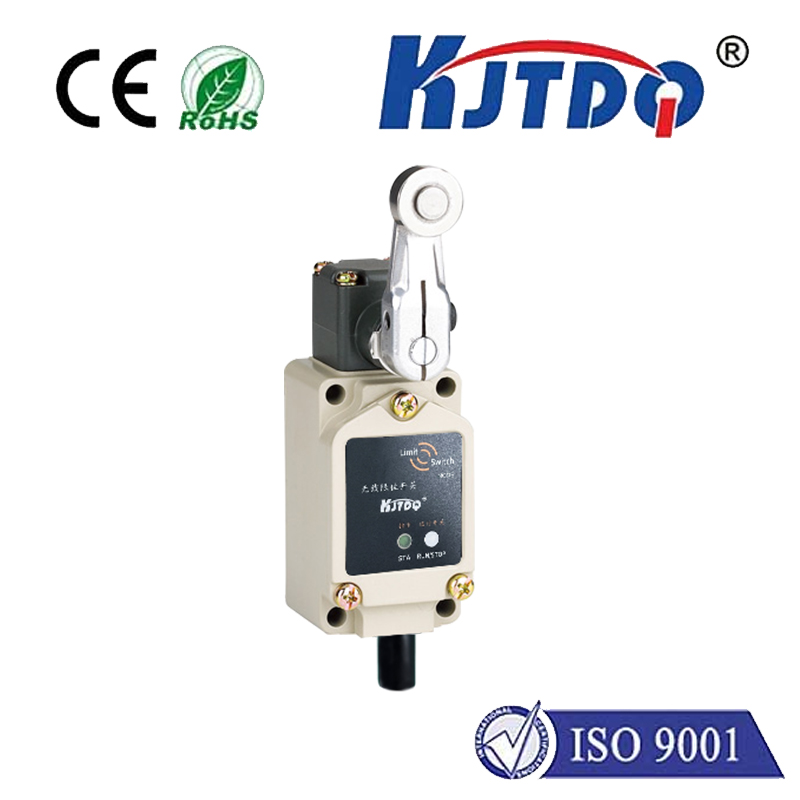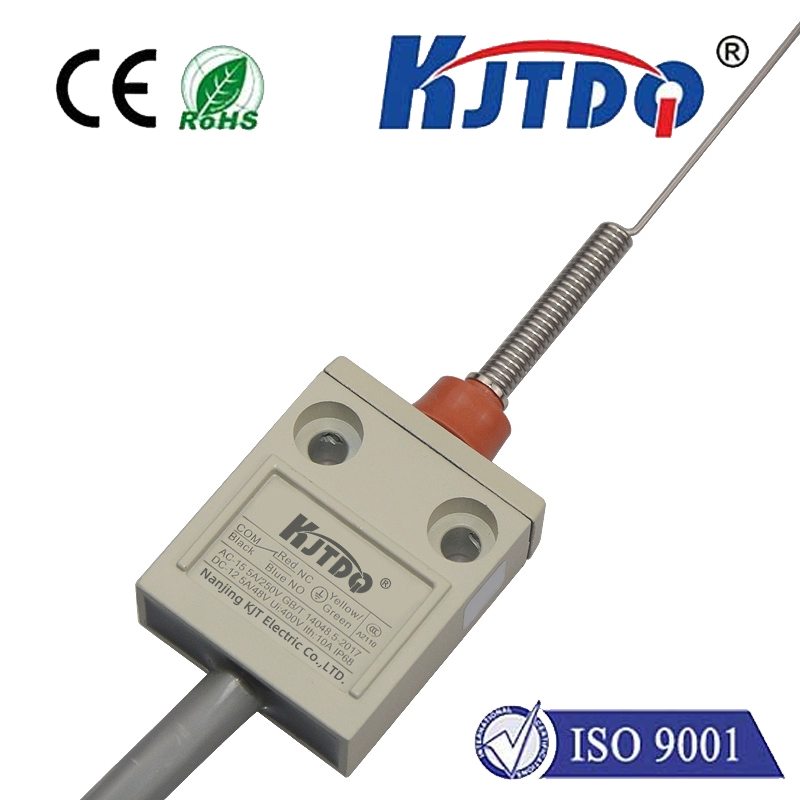wireless proximity switch
- time:2024-11-09 02:02:55
- Click:0

Title: Unveiling the Power of Wireless Proximity Switches: A Comprehensive Overview
In the realm of modern automation and industrial applications, the advent of wireless proximity switches has revolutionized how we monitor and manage mechanical movements. These sophisticated devices not only enhance efficiency but also ensure safety across various sectors, from manufacturing to robotics. In this article, we delve into what makes wireless proximity switches a game-changer in the automation landscape.
Understanding Wireless Proximity Switches
A wireless proximity switch is an innovative sensing device designed to detect the presence or absence of objects within a certain range without physical contact. Unlike traditional wired systems, these switches operate via radio frequency or other forms of wireless communication, eliminating cable clutter and facilitating easier installation, especially in hard-to-reach areas. Their primary function revolves around converting detected signals into electrical actions, enabling automated control over machinery and processes.
Key Advantages Redefining Efficiency
- Ease of Installation & Maintenance: The absence of wires significantly reduces setup time and costs associated with complex wiring infrastructure. This plug-and-play nature simplifies maintenance tasks and minimizes downtime during upgrades or repairs.
- Enhanced Safety: By reducing the need for direct human intervention in hazardous environments, wireless proximity switches contribute to a safer work environment. They can be strategically placed in high-risk zones, triggering alerts or shutting down processes when abnormal conditions are sensed.
- Flexibility & Scalability: As businesses grow or production lines evolve, adding more sensors becomes a breeze with wireless technology. This scalability ensures that automation systems can adapt seamlessly to changing operational needs without major overhauls.
- Improved Performance & Reliability: Advanced wireless protocols and robust encryption techniques ensure uninterrupted data transmission, even in challenging industrial environments characterized by electromagnetic interference or extreme temperatures.
Applications Driving Innovation
Wireless proximity switches find their utility across a wide spectrum of industries:
- Manufacturing: Streamlining conveyor belt operations, monitoring inventory levels, and preventing collisions between machines.
- Automotive Industry: Enhancing assembly line precision, detecting part arrivals, and managing robotic arms.
- Food & Beverage: Ensuring hygiene by minimizing physical touchpoints, tracking product flow, and controlling packaging machinery.
- Smart Homes & Building Automation: Integrating with IoT ecosystems for energy management, security surveillance, and smart lighting systems.
Conclusion
The integration of wireless proximity switches into automation strategies signifies a leap towards more intelligent, efficient, and flexible industrial operations. Their ability to provide real-time monitoring while enhancing safety and simplifying system design underscores their indispensability in the quest for optimized productivity. As technology continues to advance, we can expect even greater innovations in wireless sensing, further expanding the horizons of what’s possible in automation and beyond. Embrace the future of automation today with wireless proximity switches – where connectivity meets simplicity and intelligence.





